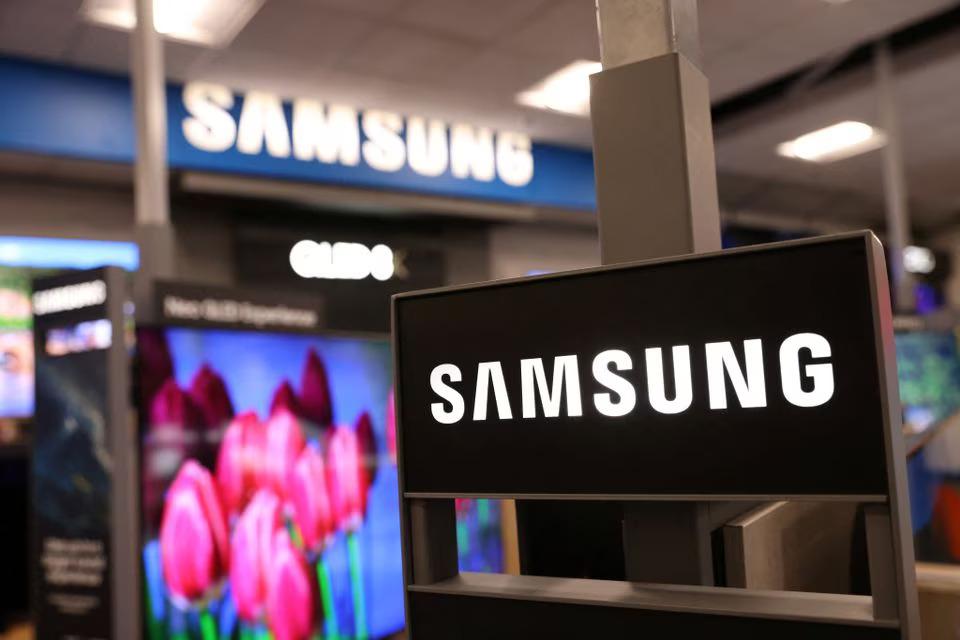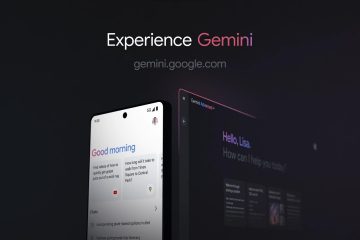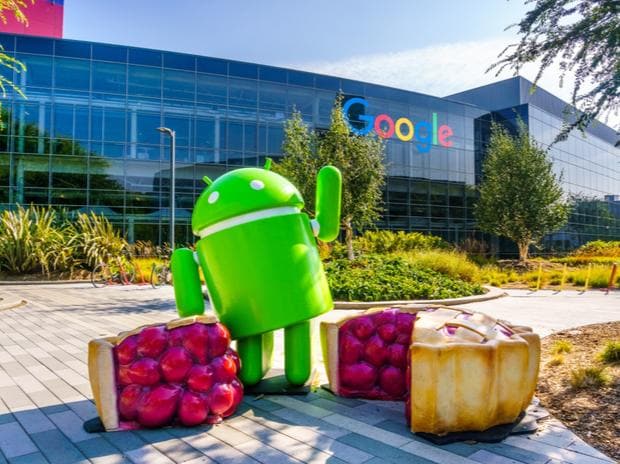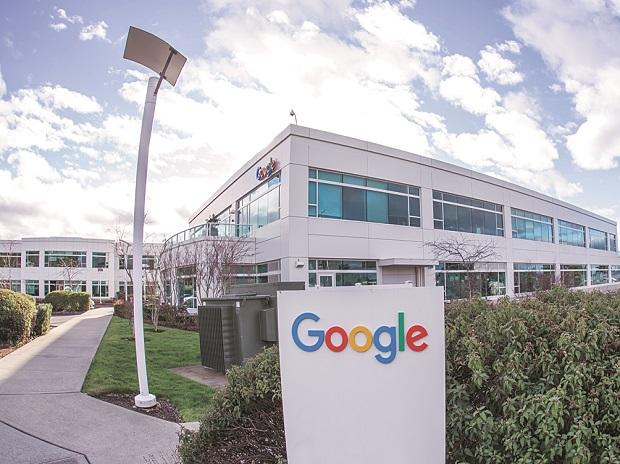By Yoolim Lee
Samsung Electronics Co. reported a more modest slide in quarterly profit after staunching losses at its chip division, suggesting the global semiconductor market may have rounded a corner.
Samsung’s shares rose as much as 4.4%, their most in more than a month, with some investors saying a 78% decline in operating income was better than they’d feared. South Korea’s largest company has been struggling with an industry downturn alongside smaller rivals SK Hynix Inc. and Micron Technology Inc. Mainstay customers, including makers of personal computers and smartphones, have been cutting orders to deal with weak demand for gadgets and excess inventory of chips.
Operating income fell to about 2.4 trillion won ($1.8 billion) on a 13% slide in sales in the three months to September, according to Samsung’s preliminary results. The numbers, in line with analyst estimates, reflect an improvement from the record 95% year-on-year plunge the previous quarter.
Expectations are rising that Samsung’s semiconductor business “has pretty much passed the bottom,” said Sanjeev Rana, head of Korea Research at CLSA. “And the recovery is underway in the fourth quarter.”
The news comes days after the US granted the company and Hynix an exemption to acquire the equipment they need to sustain and expand their chipmaking operations in China. That’s lifted some uncertainty hanging over the two memory leaders, allowing them to operate in the world’s biggest chip arena and make longer-term bets.
Samsung now seeks to position itself to benefit from a long-anticipated AI-related boom in tech spending, fueled by investor and consumer excitement over OpenAI’s ChatGPT debut last fall.
But in the development of tools needed to train AI, Samsung is playing catchup to smaller Hynix, the main supplier of next-generation DRAM to AI chipmaker Nvidia Corp. Samsung has said it plans to double its capacity to make high-bandwidth memory, which has the capacity needed to speed up AI training, by 2024.
Hynix’s shares have gained almost 60% this calendar year before Wednesday’s trading, compared with Samsung’s 20% rise.
Until AI-related demand translates into sales, however, Samsung and Hynix have said they will weather economic uncertainty by cutting output of NAND chips used in PCs and phones. That’s helped support prices of both DRAM and NAND, in a sign that the market may at long last be bottoming out.
Samsung, a bellwether for the tech industry because of its leading position in chips, electronics and smartphones, has also benefited from robust sales of its foldable phones.
The world’s largest smartphone maker introduced the fifth generation of its foldable phones, pressing into a territory as yet untapped by rival products from Apple Inc. Its display sales are expected to have gotten a boost from smartphone users’ preference for bigger screens, such as those used in new iPhones by Apple, which is a customer as well as a competitor.
Samsung will give a more comprehensive snapshot of its earnings later this month. The company previously said that it expected a recovery in sales in the second half of the year.
Investors will also gauge Samsung’s progress in the foundry business, where it trails Taiwan Semiconductor Manufacturing Co. Attention is on any shift in orders to Samsung as customers seek to lower their exposure to Taiwan, an island that China claims as its own, because of rising geopolitical tensions. Quarterly sales at TSMC fell less than feared, thanks to nascent demand from AI players.
The market looks to the tech industry’s largest companies for hints of an AI-fueled recovery, but climbing inflation and geopolitical turbulence are clouding forecasts.
Samsung is a stalwart of a memory sector that built capacity rapidly to meet pandemic-fueled demand. The company spent well into the downturn, saddling itself and its biggest customers with bulging inventories.
“The result was better than expected,” said Lee Seung-Woo, an analyst at Eugene Investment & Securities. “The bottom for the memory chip industry is behind us and Samsung’s results showed that.”
Note:- (Not all news on the site expresses the point of view of the site, but we transmit this news automatically and translate it through programmatic technology on the site and not from a human editor. The content is auto-generated from a syndicated feed.))



